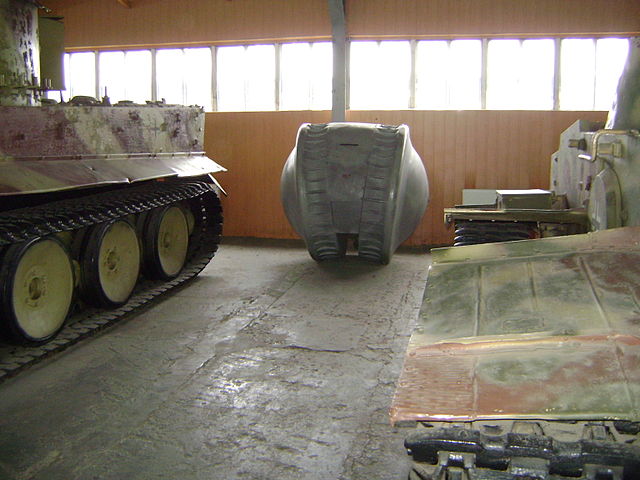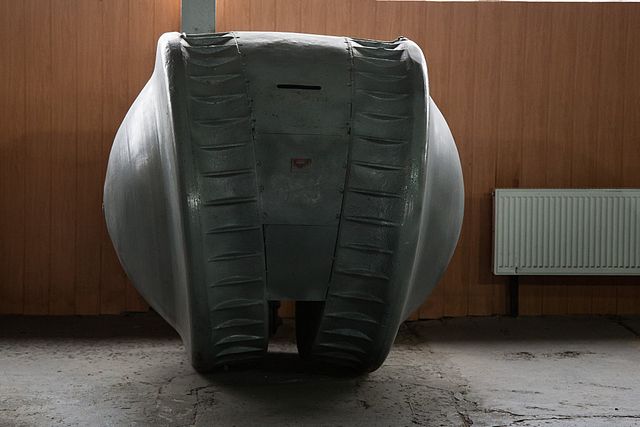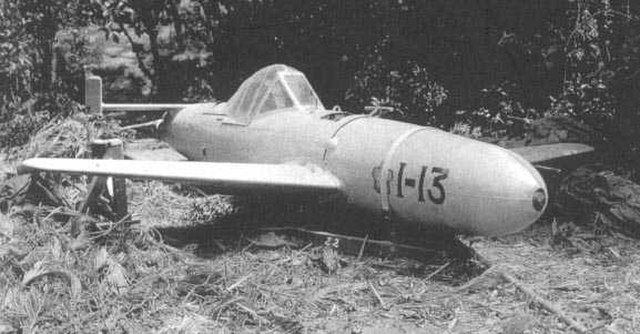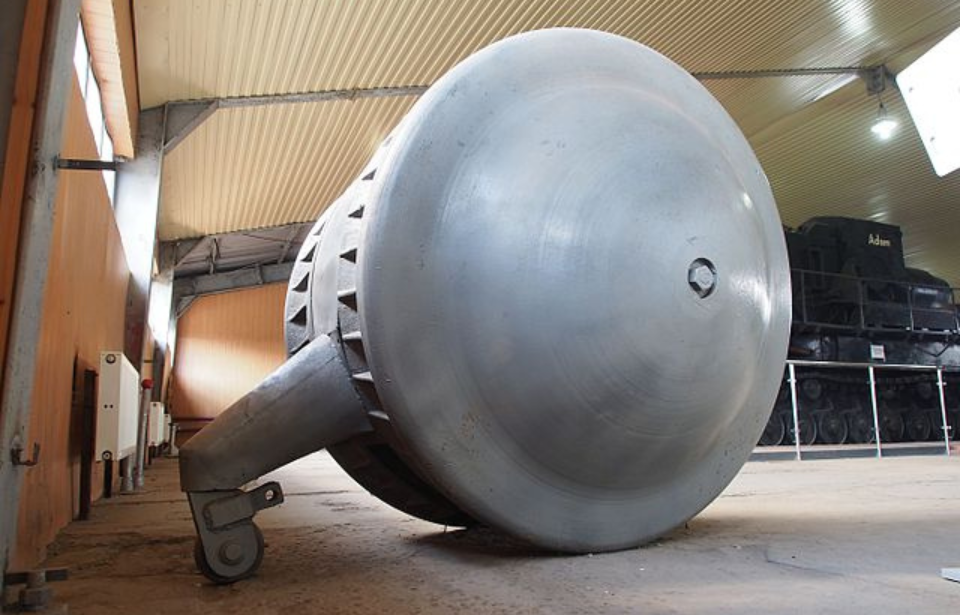The Kugelpanzer was a seemingly useless vehicle
The Kugelpanzer is still a mystery, as there are no known documents explaining its design or purpose. Most of what we know comes from speculation. It is believed that Krupp, a company known for building military vehicles during World War II, was responsible for making it.

What is certain is that the Kugelpanzer had a 25-horsepower, single-cylinder, two-stroke engine. Its outer armor was 5 mm thick, and it weighed 1.8 tons. It moved using 1.5-meter diameter rollers, and the driver sat on a saddle-like stool inside.
It was probably only operated by one person
The vehicle’s small size suggests it was built for just one person. The engine was placed behind the operator, and the steering wheel was located at the back. This design helped keep the vehicle balanced and stable while the large wheels turned.

Still, some of its features are open to debate. According to Russian Popular Mechanics, there are estimates that the Kugelpanzer was likely very slow, with an estimated top speed of only 5 miles per hour. The narrow slit at the front was probably used for both seeing out and possibly mounting a machine gun—perhaps a 7.92mm MG-34 or MG-42.
Only a single Kugelpanzer survived World War II
Most of what is known about the Kugelpanzer comes from a lone example seized by the Red Army in 1945 from Japan’s Kwantung Army in Manchuria. Thought to be the sole surviving unit, this odd little vehicle is now part of the collection at the Kubinka Tank Museum. Following its capture, it was repainted and stripped of its internal propulsion system. In 2000, museum staff restored its original paint, offering a rare view of how the vehicle was meant to look.

The precise composition of the Kugelpanzer’s armor remains a mystery, as authorities do not allow material samples to be taken for testing. Likewise, there is no confirmed evidence that this vehicle—or any similar model—was ever used in actual combat, particularly in the European theater.
Visually, the Kugelpanzer shares some design traits with other experimental armored vehicles, including the World War I Treffas-Wagen, Russia’s Tsar Tank, A.J. Richardson’s Tumbleweed Tank, and the one-wheeled War Tank. Even so, none of these comparisons capture the sheer oddity and uniqueness of the Kugelpanzer.
Japan’s kamikaze strategy
Speculation about the Kugelpanzer’s intended role spans several possibilities. The most widely accepted theory suggests it served as a light reconnaissance vehicle, though others argue it may have been designed for infantry support or for laying communication cables along the front lines. The most provocative idea, however, is that it was developed for the Imperial Japanese Army and possibly intended for use in kamikaze-style missions during the Pacific campaign of World War II.

By 1944, Japanese pilots had begun intentionally diving their aircraft into enemy targets to cause maximum destruction, fully aware that such missions would cost them their lives. As the year progressed and Japan’s situation grew increasingly dire, the Imperial Japanese Army formally incorporated these suicide attacks into its military strategy—prompting the development of specialized vehicles and equipment to support this grim new approach.
The Kugelpanzer shared features with kamikaze attack aircraft

Along with improvising already existing devices, the Japanese developed an array of new military vehicles. This included the Yokosuka MXY-7 Ohka, a kamikaze attack aircraft; manned underwater crafts like the Kaiten and Kairyū; and Shin’yō boats
More from us: How Sling Weaponry Revolutionized Warfare In The Ancient World
Given the purpose behind their designs would more than likely lead to the death of their occupants, these vehicles were often small and lightly armored. They also had little-to-no offensive weaponry onboard. The Kugelpanzer shared these features, leading some to theorize it was used to ram into enemy tanks.
